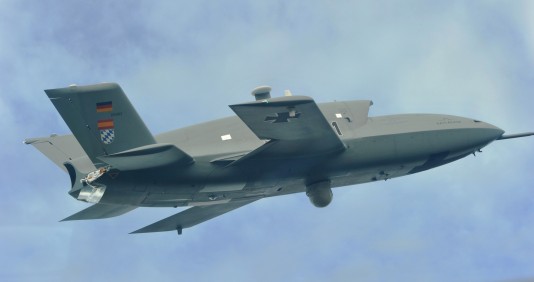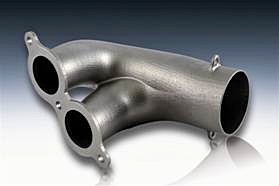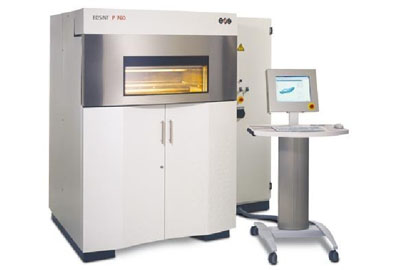A previous study showed laser sintered (3D printed) parts lead to lower fuel use and a smaller carbon footprint. The current study seeks savings in the use of energy and raw materials during manufacturing.
European aerospace giant EADS has begun a study to examine the potential of direct metal laser sintering (DMLS)—an additive fabrication, 3D printing process—to generate savings in the use of energy and raw materials. The goal is to develop new manufacturing processes which will integrate sustainability into products and product manufacturing. EADS is collaborating in the study with EOS, the largest manufacturer of laser sintering systems.

Technologies applied to aerospace normally have to go through a nine-step process called TRL—Technology Readiness Level—before they are ready to undergo qualification. For each TRL review, the evolution in maturity of a technology is measured in terms of performance, engineering, manufacturing and operational readiness as well as value and risk and sustainability/environment. The latter is a new criterion linked to EADS’s eco-efficiency vision.
The new research is building on a previous EADS study, which concluded that although the use of energy during the manufacturing phase could not compare with conventional manufacturing processes, energy consumption during the use-phase of aircraft components dropped significantly. This is because DMLS can create components that are much lighter but as strong or stronger than those created by traditional manufacturing technologies. The end result is significant reductions in fuel use and CO2 emissions.

In one recent study project with EADS, EOS carried out a Product Carbon Footprint (PCF) calculation of one kilogram of sintered material. The findings supported the EADS research, showing the greatest impact on reducing CO2 emissions and energy consumption was to be found during the deployment of laser sintered components. The study further identified the most important drivers of energy consumption along the manufacturing supply chain, particularly around the supply of raw materials and the use of cooling systems. It was while comparing data that EADS and EOS agreed to carry out the current collaborative study.
Following on from the original study, EADS and EOS will now complete a full Life Cycle Assessment (LCA)—covering energy consumption, material use, CO2 emissions and use of hazardous material—benchmarking an optimized design for use with EOS’ next generation platform EOSINT M 280 metal system. Results are expected to show improvements in sustainable performance not only on the component, but also on its manufacturing.


Adrian Keppler, Manager Strategy and Business Development at EOS, says “There is a consensus within society that companies have to address and meet their responsibility for our environment and our natural resources. As such, sustainability is one of the pillars of the EOS strategy. Our technology can help improve environmental performance at clients such as EADS through freedom of new designs and innovation, reduced energy and CO2 emissions. At the same time, DMLS enables lightweight design as well as a reduced material consumption and transportation emissions due to production on demand.”
Cyrille Peignot, Sustainability Engineer at EADS, says. “We shape the future of aerospace as a company. But in order to meet our responsibilities we have to tackle the current challenges such as access and availability of resources, as well as aircraft emissions. EOS is one of our suppliers in the Additive Layer Manufacturing (ALM) arena and their technology allows us to identify internal saving potentials. Indeed when combined with topology optimization, ALM can deliver weight reduction and, consequently, reduced fuel consumption, but more importantly economize on use of raw materials, frequently a significant cost to manufacturers. So far we have been able to redesign a part during the case study process that meets our objectives: the use of fewer resources during manufacturing while producing almost no waste, as well as a significant decrease of the energy bill. All these are key factors to improve sustainability on an aircraft’s performance and its manufacturing.”

The joint EADS/ EOS project will be carried out throughout the rest of the year. More detailed results will be made available towards the end of 2011.





